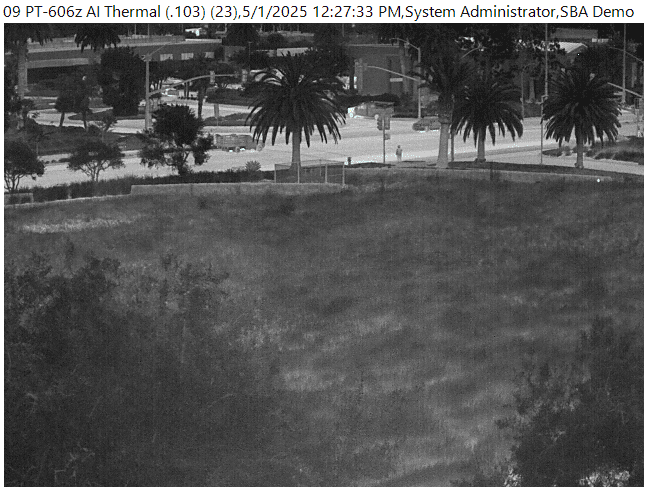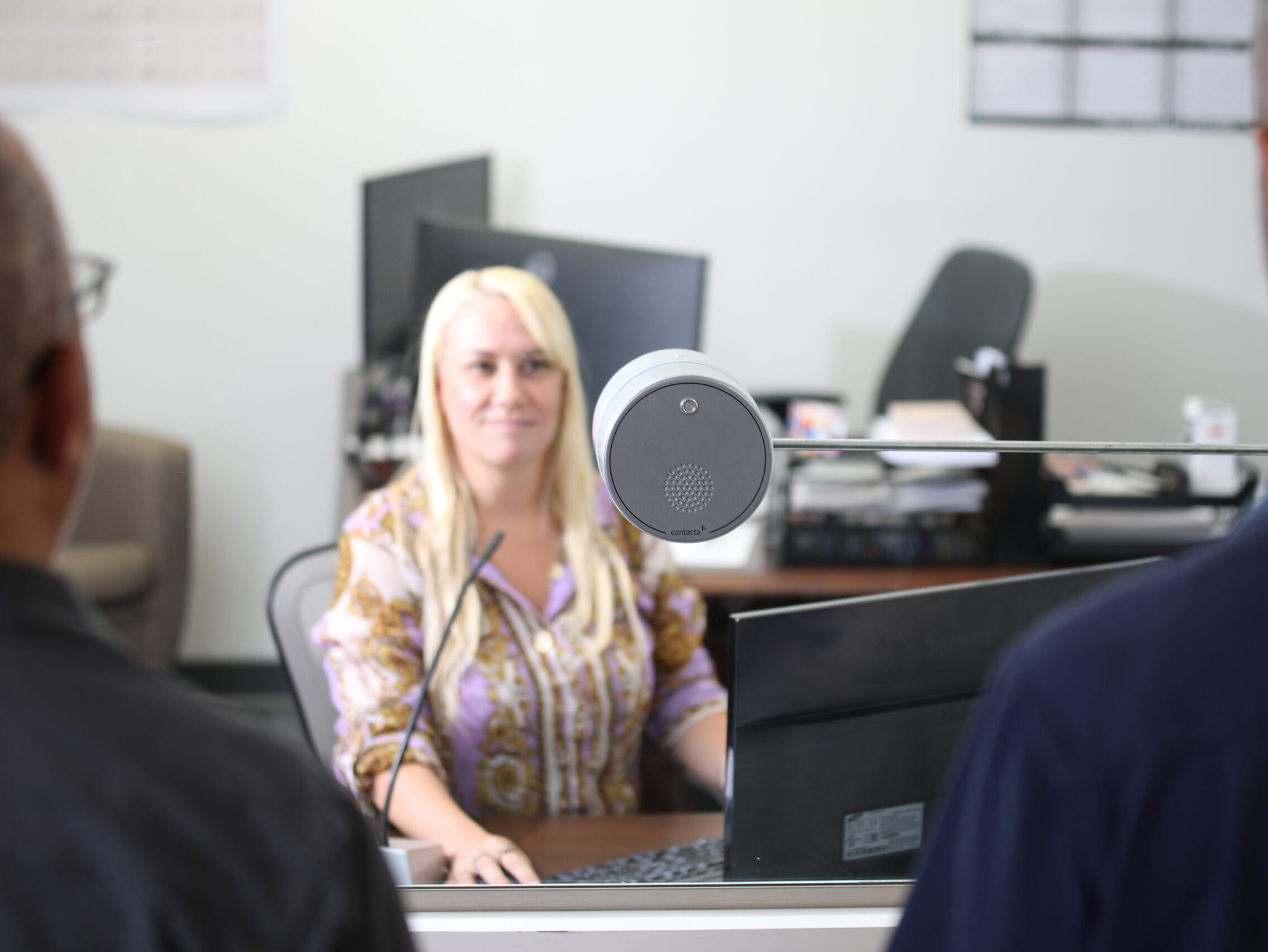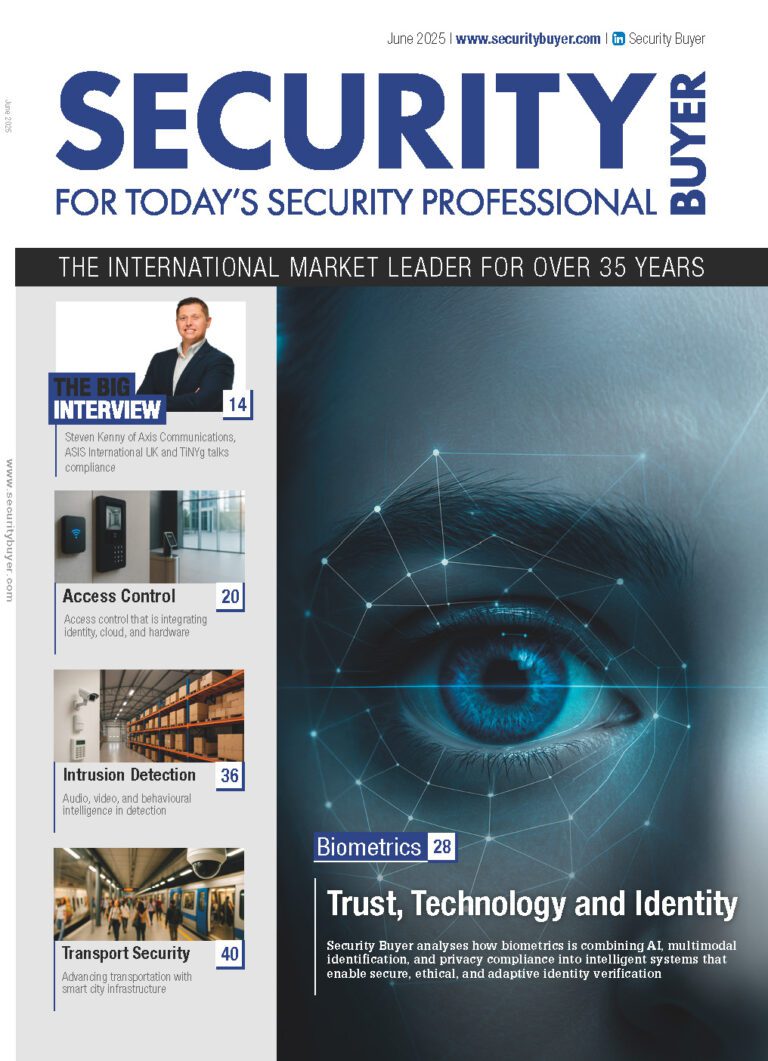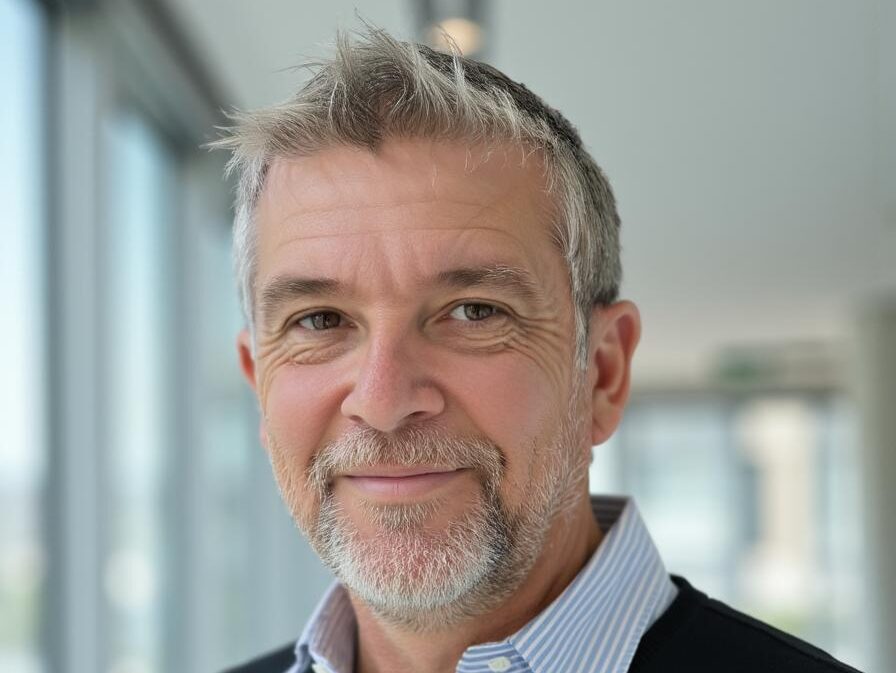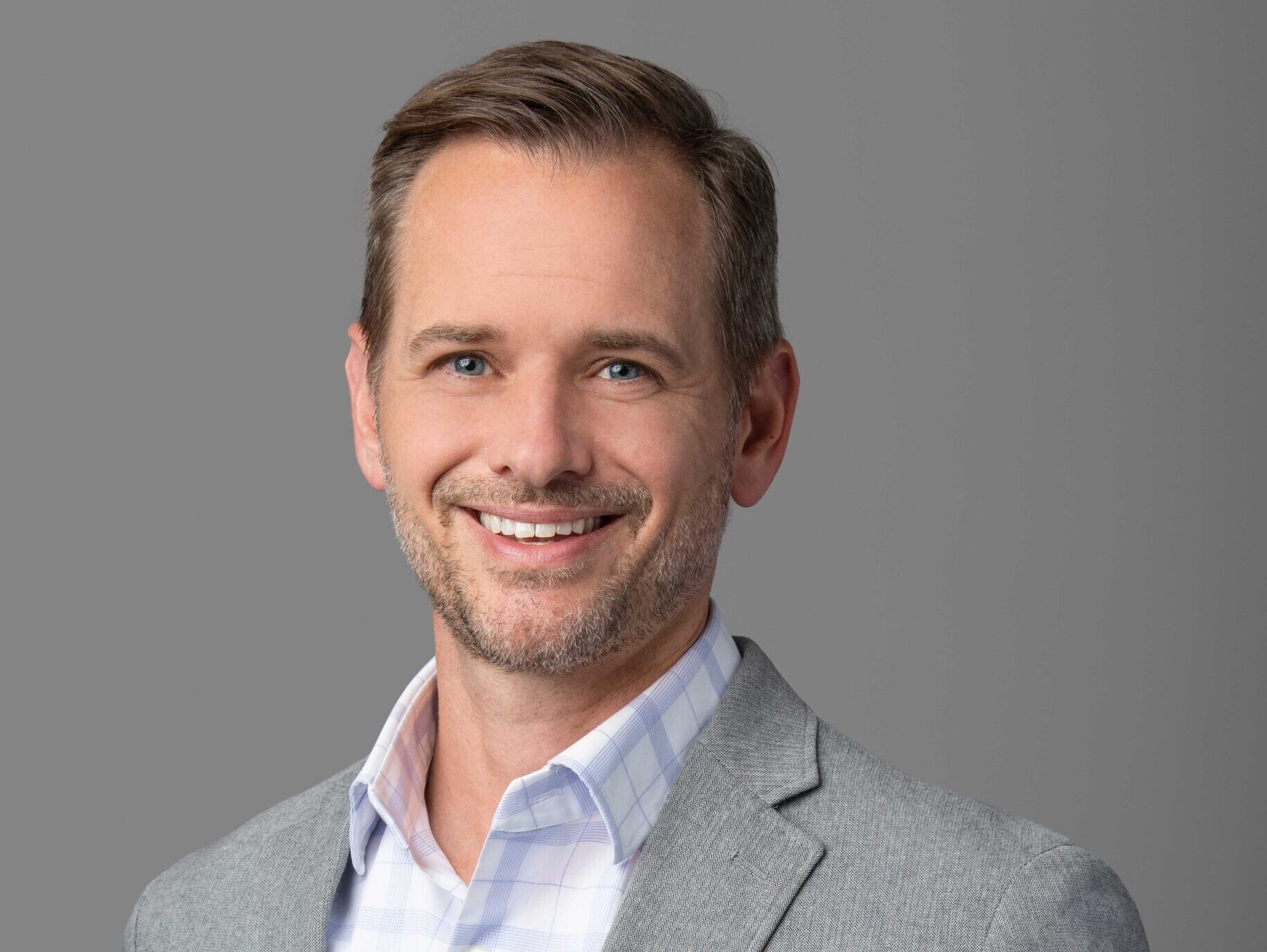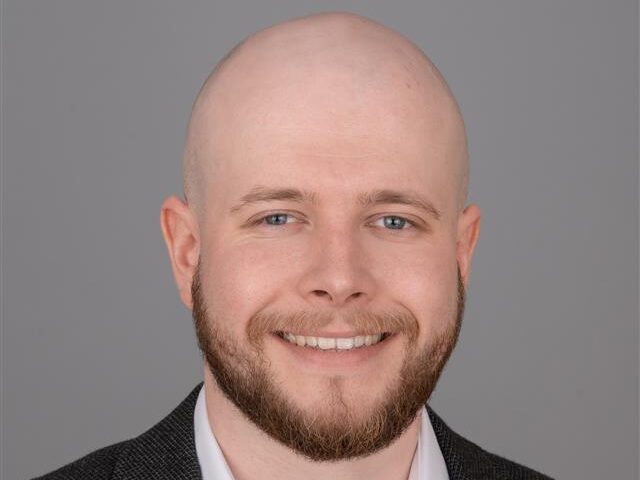Picture: Garry Evanson, Head of Security & Emergency Planning, and Edit Bori, Security Operations Manager
Sitting on one side of Parliament Square, a mere 50 metres from the Houses of Parliament, Westminster Abbey is an iconic UK landmark. The house of worship where monarchs are crowned and royalty are wed, it is the living church in the heart of British government.
Its symbolic importance in the story of British monarchy and democracy makes it a potent draw, not only for royalty and politicians but also citizens, tourists and even the occasional protestor. Over 1.2m tourists pass through its doors every year and millions more come to look at the outside.
All of which conspire to create a massive and delicate security task, balancing the needs of a church which continues to hold regular worship services with the challenges of being a tourist attraction and linchpin in the British constitution.
To learn more about security at the Abbey, SecurityNewsDesk sat down with two key members of the Abbey security team – Garry Evanson, Head of Security & Emergency Planning, and his deputy, Edit Bori, Security Operations Manager.
We met in the Cellarium café, part of the 14th century fabric of the Abbey where they used to store the monks’ food and drink. Over the noise of the espresso machine hissing nearby, we began with the question of how security has changed in recent years.
It’s clear from the conversation that the evolution of security can be neatly divided into the time before Garry joined the Abbey in November 2011 and the three years since then.
Edit (rhymes with “read it”) has a good perspective on the changes, having been employed at the Abbey since September 2007. She has a background as an officer in the Hungarian Border Guards prior to joining the Abbey as Security Liaison in September 2007. Over the past eight years she has been active in organising security for numerous special events such as the Royal Wedding of William and Kate on 29 April 2011.
Like most major events where the Abbey works closely with the police, the Royal Wedding went very well as a security operation, Edit says. “But in between, day to day security was just falling in between the gaps, ” she says. “Our security staff was tiny at the time. We had an external contractor which wasn’t quite working and there was no senior manager to sit with the senior management team. There was no one on that senior level to represent the security interest.”
A journey
The problems with security were emblematic of a need for full professionalization so the Abbey has been going through a process over the past five years of importing more professional management. Other departments like events and works services have embarked on a similar journey – security just happens to have been first and is, Garry assures us, ahead of the curve. “It was perhaps the worst functioning piece and now it’s one of the best,” he says.
If you ask Garry to sum up what he’s brought to the Abbey, he quotes his security mantra, three words that encapsulate his approach to security: Enable, Balance, Empowerment.
“I don’t use them now too often in text or speech,” he says, “but in my first three months here, all the staff ever heard was those three words coming out of my mouth.”
“Enabling not disabling” was an important concept to get across to his security team. When he first arrived, morale among the staff was poor.
Part of the problem was that there was no security department as such, therefore security didn’t really have a home within the Abbey. Edit had been hired to look after special event security but wasn’t really part of the security team, which didn’t keep her from being drawn into it from time to time.
“There were security guards, gatekeepers really, with a supervisor,” she says. “I was in a completely different department [reporting to Clerk of Works], without direct links with the security team, expected to do security but only on special events – so it was somewhat disjointed.”
With Garry’s arrival, the elements of security were swept into one department and a management structure was created, but he knew he was going to need to boost morale and get the security staff to buy into his vision. So he tackled the question head on and asked for their views. “I knew already because I’d already done the soundings with one or two people about what troubled them most – and they said it was mostly that they were not valued.”
The staff wanted more respect. “What they didn’t understand was that there was a reason for that and it wasn’t just the Abbey politics and culture itself but they themselves were not at the top of their game,” he says. “They weren’t actively being as professional as they could be and morale was low.”
It was an easy win, he says. “I said to them, I can fix that for you, but the only way I’m going to be able to do this is if you raise standards. You need to get the visitor piece sorted out because you are talking to customers every day so customer service training is required. Plus we will rebrand and have smart uniforms.”
The new watchword would be “enable”, repeated so often that the mere mention of the word would make the team laugh but, most importantly, the message sunk in.
Internal culture
By its very nature as a religious institution and landmark visitor attraction, the Abbey cannot be secured like a fortress.
It stands in sharp contrast to Garry’s previous job as Group Head of Security Operations at the world’s largest commercial banknote printer and passport manufacturer, De La Rue. Printing documents securely for central banks and governments around the world means having security that would give Fort Knox a run for its money.
Security is taken so seriously at De La Rue that Garry would describe the company as a security firm that happens to make paper. “It used to drive the printers mad when we said that, but that was our little dig at them, to say, actually we are a security company making paper, aren’t we?”
Even so, at De La Rue security couldn’t be allowed to get in the way of the business which is where Garry developed some of his ideas about security being an enabler, not a disabler. “If you disabled them in any shape or form, you were stopping money coming to the bottom line,” he says.
Moving from De La Rue to Westminster Abbey was a real culture change. If security is a spectrum with Fort Knox on the right side and burying your head in the sand on the left, De La Rue was on the right and the Abbey some way to the left. “My job is to bring the Abbey to somewhere in the middle,” he says.
The biggest obstacle was the internal culture. By that he isn’t referring to the religious nature of the institution but rather the attitude of some staff, especially the ones who have been there for a long time, that “this is the way we’ve always done it”.
As Edit says, “Just because you do something a certain way doesn’t make it right.”
The Abbey employs over 250 staff and there are 500 volunteers who, because of their dedication and long service to the Abbey, are almost like members of staff, and within that group of people there are various work cultures.
Have Garry and Edit found that a challenge? Yes and no, they say.
Garry puts it this way: “All you have to do is understand and work with them. If it’s a negative culture that’s actually disabling our processes then we have to get through that. If you have a department in the Abbey that’s set on doing certain things certain ways but actually won’t communicate with security – and they know they should be telling security about certain things but are not – they are the bits we need to put right.”
But the nature of the Abbey means they have to proceed carefully. “It’s no use getting the whip out. Many times the answer is to be blindingly nice but repetitive,” he says. “To the point where it drives them bonkers.”
Common security problems usually come down to lack of communication.
For example, on a daily basis, there is the bugbear of security passes and electronic key fobs. It takes time to drill into people’s heads that they need to wear their passes, or if they aren’t wearing them, that they need to be locked in a drawer. Edit explains that it took some time to get that message through to the heads of departments.
Despite the frustrations, it’s evident that Garry and Edit love their jobs. With nearly 1000 years of history, there are bound to be ingrained habits and unquestioned assumptions within the Abbey that need to be challenged.
Even when he was applying for the job, Garry recognised the scale of it. “I’d done a few visits during the interview phases and got the mindset. I knew I had a huge job on my hands so I wasn’t shocked on day one,” he says. “If I had any wishes to back out that would have been the time. No, I jumped at the challenge.”
Transformation
After three years in the job, he feels he and Edit have made a great deal of progress in transforming the security culture, but in terms of securing the Abbey there is still plenty of work to be done.
One project on which they have provided a lot of input is the creation of the Queen’s Diamond Jubilee Galleries, to be located in the Triforium, a medieval level built in the reign of Henry III in the 13th Century. Located 70 feet above the floor of the nave, it will require the construction of a glass encased elevator on the exterior of the Abbey’s east side.
Fortunately, the architect has engaged the security department early to ensure that security is considered at the planning stage rather than bolted on afterward.
They are also conducting a fire risk assessment of the entire Abbey which involves inputting copious amounts of information into a database which then produces an extensive report detailing the fire risk and highlighting areas which need to be addressed.
And the final piece is a definite first for the Abbey which is a comprehensive salvage plan, an inventory of antiquities and artworks with instructions on how to move them in an emergency. “If there is a flood or fire in the Abbey, all the artefacts and museum pieces must be saved if possible and that meant we needed a plan,” Garry says.
The plan means firefighters can be given a piece of paper showing where to find an artefact, how many people it will take to move it and how to protect it during transport.
Westminster Abbey may be an icon of the British establishment and as such might appear immune to the day-to-day security issues that trouble other, lesser sites. However, Garry and Edit can assure you that this is simply not the case.
“When I go to speak at conferences, they are all thinking, Westminster Abbey security – what on Earth is going on? Why do they need security?” says Garry. “But actually our security is one of the hardest nuts to crack – it really is – because of all the dynamics at play here.”




